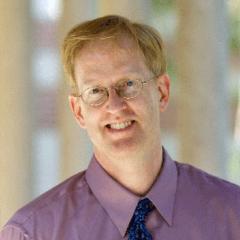Paulson quoted, Fruin referenced on massive proposed warehouse in SoCal
A proposed warehouse facility the size of 700 football fields has prompted at least 10 lawsuits, with critics saying it would mark a major setback in the fight to clean up Southern California’s dirty air – some of the most polluted in the country.
The World Logistics Center, expected to begin operations in 2018 if it survives the lawsuits, would be one of the largest warehouse complexes in the world, adding 40.6 million square feet of industrial buildings — the size of the Palm Springs International Airport campus — along the crowded Highway 60 corridor in Moreno Valley about 45 minutes west of Palm Springs. The facility will serve as a hub for receiving goods from around the world and shipping them across the United States.
Backers say the Riverside County warehouse complex would bring more than 20,300 jobs and $38 million in annual revenue to the city, where unemployment is 9.7 percent and per capita income is 40 percent below the state average. The project is also expected to bring 68,000 extra vehicle trips per day, including 14,000 big rig trips. Those cars and trucks would unleash a slew of harmful air pollution, including smog-forming ozone and lung- and heart-damaging particulate matter, according to air-quality officials.
...
“By most metrics, air quality is about 75 percent cleaner than it was at its peak” pollution levels, said Suzanne Paulson, an atmospheric scientist at UCLA and director of the university’s Center for Clean Air.The region’s air has improved significantly since the smog-choked 1970s, thanks to strict regulations that have reduced tailpipe emissions and forced power plants and other big polluters to clean up their acts. The highest-impact reform may have been requiring oil refineries to create a special, cleaner brand of gasoline just for California, which is why Californians consistently pay more for gas than the rest of the country does.
Studies have consistently found that Southern Californians are benefiting from the cleaner air. Scientists at USC’s Keck School of Medicine, for instance, reported last year that as nitrogen dioxide and particulate matter emissions have decreased, children’s lungs have grown stronger, and the number of children with poor lung function has declined. Children with asthma have benefited the most, with their lung development improving about twice as much as for other children, the study found.
But Southern California has a long way to go.
